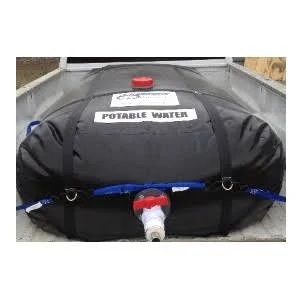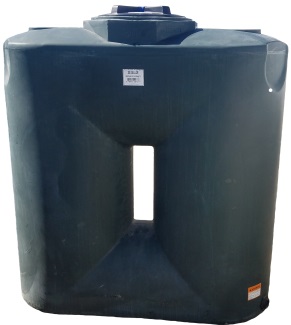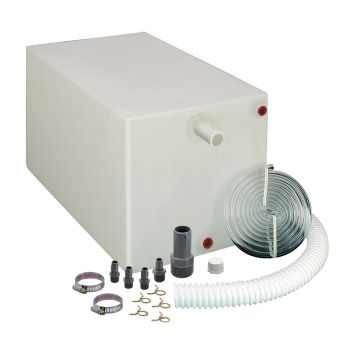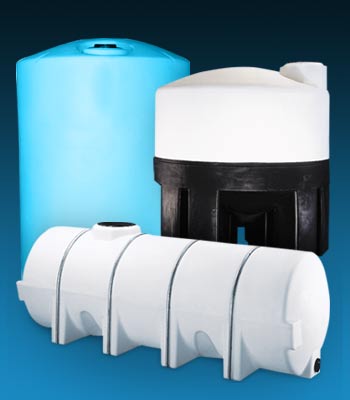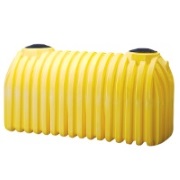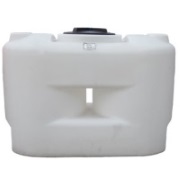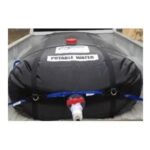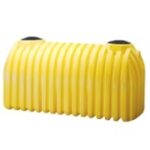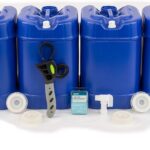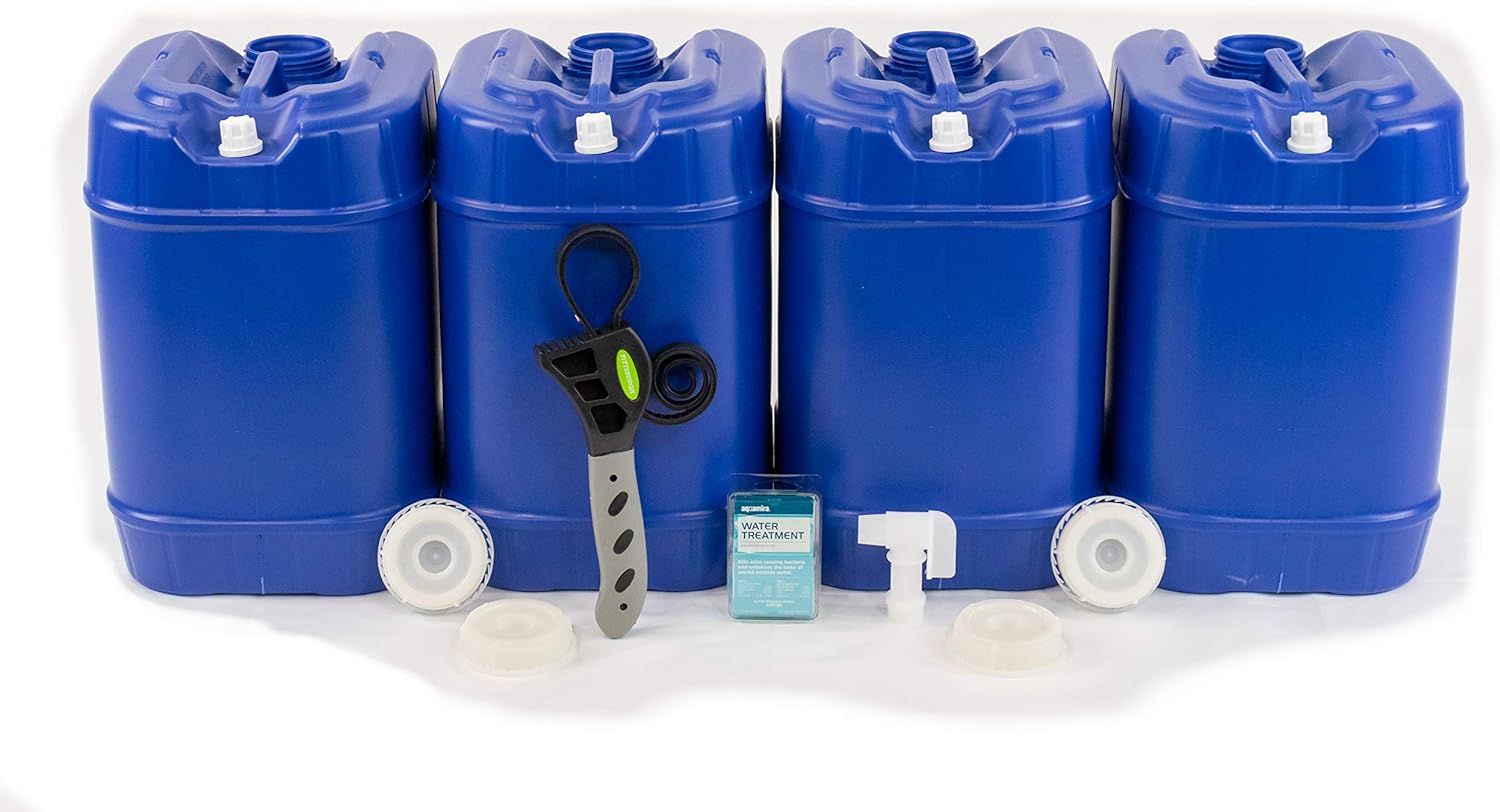
Portable Water Storage Tanks
You’re probably aware of how important water storage is, especially in emergencies or remote locations. But have you considered the convenience and versatility of portable water storage tanks? These lightweight, easily transportable tanks come in a variety of sizes and materials, designed to meet a range of needs. They’re not just for construction sites or outdoor events – they’re a viable option for anyone needing a flexible, cost-effective water storage solution. So, what should you look for when choosing one? Stick around, we’re about to get into that.
Uses of Portable Water Storage Tanks
Whether you’re managing a construction site, preparing for an emergency, or heading to a remote location, portable water storage tanks serve multiple uses. They’re essential in situations where access to clean, safe water is compromised or simply unavailable.
In construction sites, you’ll often see these tanks, providing water for concrete mixing, dust control, or for workers’ hydration. They’re vital for maintaining operations when a steady water supply isn’t readily available.
In emergency situations, like natural disasters or power outages, these tanks can be life-saving. They can store potable water for drinking, cooking, and hygiene, ensuring you’re prepared when public water systems fail.
For outdoor enthusiasts, they’re a reliable solution for water storage. If you’re camping or boating in remote areas, where access to potable water is limited, a portable water tank is a must-have.
Agricultural sectors also benefit from these tanks. They’re used for watering livestock, irrigating fields, or even cleaning equipment.
In industrial settings, they’re used for cooling machinery, washing vehicles, or as part of fire suppression systems.
Regardless of the application, portable water storage tanks provide a flexible, reliable, and practical means for water storage and transport in various scenarios.
Key Features of Portable Tanks
Understanding the key features of portable tanks is essential for determining their suitability for your specific water storage and transport needs. These tanks are innovative solutions designed for convenience and practicality. They aren’t only lightweight and collapsible, but also rapid to set up and available in a variety of sizes.
1. Lightweight and Collapsible:
Crafted from durable, flexible materials, many of these tanks can be folded or rolled up for compact storage and transport. This makes them incredibly easy to move around, whether you’re on a camping trip or at a construction site.
2. Rapid Setup:
You don’t need a team to set these tanks up. In fact, one or two people can often have them ready to go in under a minute. This feature is ideal for emergency or remote applications.
3. Variety of Sizes:
From small 500-gallon units to large 3,000-gallon tanks, these portable containers accommodate different volume requirements, catering to a range of needs.
4. Leak-Proof Design:
Secure closures and fittings make sure that these tanks are leak-proof, preventing spills during transport. This makes them a reliable choice for all your water storage needs.
Choose wisely by understanding these key features, and find the portable tank that best suits your needs.
Comparing Storage Options
When comparing storage options, you’ll find that portable water tanks offer distinct advantages over alternatives like underground or aboveground fixed tanks due to their mobility, faster deployment, and versatility.
Unlike fixed tanks, which are confined to a specific location, portable tanks can be easily moved wherever water is required. This mobility feature gives them an edge in scenarios where water needs vary geographically or over time.
Portable tanks are also faster to set up than permanent tank installations. You don’t have to commit to a lengthy installation process or obtain special permits as with fixed tanks. Just select a suitable spot, set up the tank, and you’re good to go. This allows for rapid response in emergency situations where quick access to water is essential.
Versatility is another key advantage of portable tanks. They can store potable water, wastewater, or other liquids, as needed. On the other hand, fixed tanks are typically specialized and can’t be repurposed as easily.
Portable tanks’ flexibility makes them suitable for a wide range of applications, from construction sites to outdoor events. Therefore, when comparing storage options, portable water storage tanks emerge as a more versatile, convenient, and adaptable choice.
Advantages Over Alternatives
Building on the comparison of different storage options, let’s examine in detail the unique benefits that portable water storage tanks offer over their alternatives.
Firstly, portable tanks offer flexibility. They can be easily transported and installed at various locations, making them ideal for remote sites and emergency situations.
Secondly, these tanks are designed for durability. They can withstand harsh weather conditions and are resistant to wear and tear, offering extended service life.
Thirdly, compared to other storage options, portable tanks are cost-effective. They require minimal maintenance and offer reliable performance, providing excellent value for your money.
Lastly, these tanks are user-friendly. They’re easy to install, operate, and maintain, saving you time and efforts.
Here’s a succinct list of their advantages:
1. Flexibility in usage and location
2. Durability and long lifespan
3. Cost-effectiveness
4. User-friendly design and operation
Variety of Tank Materials
Diving into the variety of materials used in the construction of portable water storage tanks, you’ll find options ranging from lightweight, corrosion-resistant plastic (polyethylene) to highly durable steel, with each offering unique advantages.
Plastic, specifically polyethylene, is a popular choice due to its lightweight nature and resistance to corrosion. It’s cost-effective for smaller tanks, making it a practical option for those needing portable water storage on a budget. However, it’s worth noting that its lightweight nature may compromise its overall durability.
Folding or pillow tanks are also available, constructed from flexible, collapsible materials for maximum portability. These tanks are often chosen for their convenience, as they can be easily stored when not in use, yet quickly unfolded and filled when required.
Steel tanks, on the other hand, offer increased strength and durability, making them suitable for larger portable tank applications. If you’re seeking a larger storage capacity, a steel tank might be your best bet.
Buying Considerations for Tanks
After exploring the variety of materials used in portable water storage tanks, it’s time to contemplate some key factors that should guide your purchase decision.
When you’re ready to buy, don’t just settle for the first option you see. Instead, carefully consider your specific needs and circumstances.
1. Capacity: The tank’s size should be your first consideration. Evaluate your water storage needs to determine the right capacity. Guarantee the tank can hold enough water for your purpose, whether it’s for emergency preparedness, camping, or agricultural use.
2. Mobility: Think about how you’ll transport the tank. Smaller, lightweight tanks may be more portable, but larger ones can store more water. Some tanks come with built-in handles or wheels for easy transport.
3. Material: Pay attention to the tank’s material. Polyethylene is a popular choice for its durability and affordability. However, other materials may be more appropriate depending on your intended use.
4. Fittings and Accessories: Finally, check what comes with the tank. Does it have all necessary valves, connections, and features for your use case?
Conclusion
So, you’ve seen how portable water storage tanks are versatile, cost-effective, and adaptable to your needs. They’re easy to move, set up, and store. Plus, with a range of materials to choose from, you’re sure to find a tank that suits your specific requirements.
Remember, when buying, consider your storage capacity needs and the tank’s durability. All in all, these tanks offer a practical solution for various water storage scenarios.

